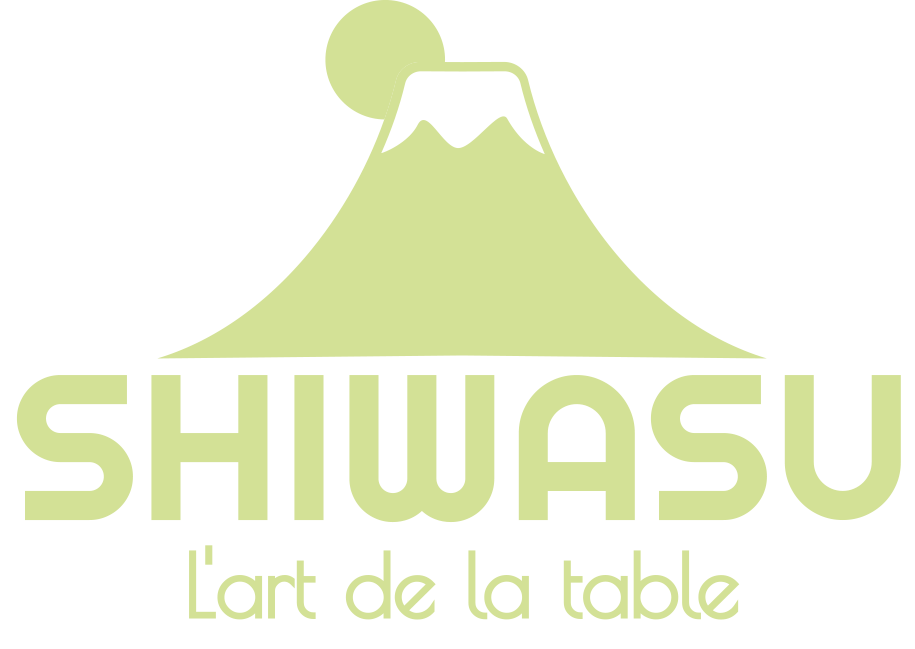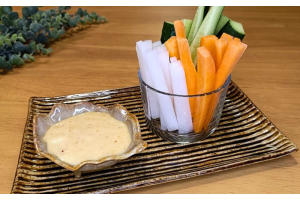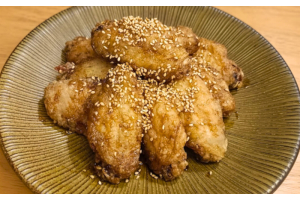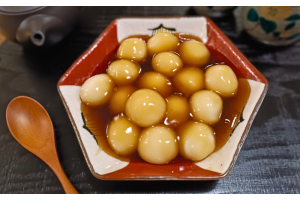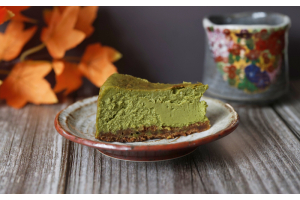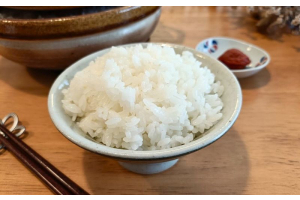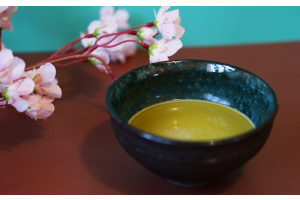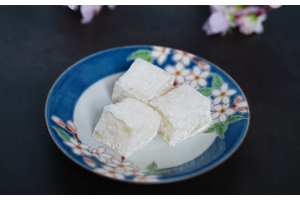We use cookies to make your experience better. To comply with the new e-Privacy directive, we need to ask for your consent to set the cookies. Learn more.
Discover Your Perfect Knife in Sakai, Osaka

Sakai, a historic city in Osaka, is home to well-preserved townscapes and cultural heritage sites such as ancient burial mounds (kofun), making it a popular tourist destination. It is also known as the hometown of Sen no Rikyū, the grand master of the Japanese tea ceremony. As you walk through its streets, you can feel the atmosphere of old Japan and the presence of deep-rooted traditions.
But beyond its rich cultural legacy, Sakai is also recognized as one of the three major cutlery-producing regions in Japan, alongside Seki in Gifu and Tsubame-Sanjo in Niigata. Known as a city of craftsmanship, Sakai is especially renowned as a city of blades. The knives made here are trusted by professional chefs for their exceptional sharpness and ease of use.
In this article, we’ll explore how Sakai’s globally acclaimed cutlery came to be, tracing its history and the unique charm that continues to captivate the world.
The Origins of Sakai Cutlery Date Back to the Kofun Period
Located in Osaka Prefecture, the city of Sakai has long flourished as a blacksmithing hub, earning its place among Japan’s top three cutlery-producing regions. Its roots go as far back as the Kofun period (circa mid-3rd to late 7th century).
During this era, the use of iron tools became widespread, and techniques for making farming implements and weapons advanced significantly. With its strategic location on Osaka Bay, Sakai developed early as a center for maritime trade. Through interaction with the Asian continent, it gained access to iron-processing technologies and knowledge of tools, which laid the foundation for the cutlery craft we see today.
A key factor in Sakai’s development was the presence of large burial mounds scattered throughout the region. The Mozu Kofun Group, including the famous Daisen Kofun, has yielded numerous iron artifacts and tools as burial goods. These finds suggest that sophisticated blacksmithing techniques were already in use at the time—skills that were eventually passed down and refined into the sword-making, tool-making, and modern knife-making traditions of Sakai.
From Samurai Swords to Kitchen Knives
In the medieval period, the production of swords and agricultural tools flourished. During the Sengoku (Warring States) period, the arrival of firearms from abroad led to rapid advancements in blade-making technology, as blacksmiths began producing matchlock guns.
By the early Edo period, Sakai’s forged knives—Sakai Uchihamono—gained national recognition, especially as knives for cutting tobacco leaves. At the time, finely shredded tobacco was the norm in Japan, and knives capable of slicing leaves uniformly and precisely were in high demand.
Sakai’s craftsmen rose to the challenge with their superb forging and sharpening techniques, earning widespread acclaim for the quality of their blades. The finest tobacco knives made in Sakai were even selected by the Tokugawa shogunate as official tools, marked with the “Sakai Kiwame” (堺極) brand—proof of their superior craftsmanship. These knives were also exported overseas, known internationally as “Sakai tobacco knives.”
To this day, some workshops in Sakai continue to preserve and pass down the intricate techniques used in tobacco knife-making—a symbol of the city’s advanced cutlery tradition.
The Distinctive Features of Sakai Knives
The greatest distinguishing feature of Sakai knives lies in their highly specialized division of labor. Each stage of production—forging, sharpening, and handle fitting—is carried out by skilled artisans who specialize in that specific task. This collaborative system ensures that every knife is crafted with exceptional precision and quality. As a result, Sakai knives are highly trusted by professional chefs. In fact, many Michelin-starred restaurant chefs rely on Sakai-made knives, and their reputation continues to grow both domestically and internationally. In recent years, exports have steadily increased as well.
Another major appeal is the diversity of knife types and blade structures. Sakai specializes in traditional Japanese kitchen knives such as the yanagiba (for slicing sashimi), deba (for filleting fish), and usuba (for vegetables). All of these knives are known for their razor-sharp edges and ease of handling. In particular, the single-bevel design—a hallmark of Japanese cutlery—enables a precise, clean cut, making these knives ideal for the delicate techniques required in Japanese cuisine. For example, a yanagiba knife is carefully crafted by expert artisans to smoothly slice raw fish into beautiful sashimi.
Sakai knives also show great attention to materials and finishing methods. Options include the kasumi finish, where a soft iron (jigane) and hard steel (hagane) are forge-welded together, and the honyaki finish, where the blade is made entirely of hardened steel. While honyaki knives require advanced sharpening skills, they offer superior cutting performance and durability.
Sakai knives embody the fusion of functionality, aesthetics, and traditional craftsmanship, making them a true symbol of Japanese monozukuri (craftsmanship). From professional kitchens to home cooking, they serve as reliable tools—and as masterpieces that carry the spirit of the artisans who forged them.
Advantages and Disadvantages of Single-Beveled Structure
Here’s a summary of the pros and cons of single-beveled knives, specifically focusing on the characteristics of the standard construction found in Sakai knives:
Advantages:
Precision and Beauty in Cooking
Single-beveled knives are essential for achieving high precision and aesthetic presentation in cooking. They are favored by professional chefs and are a strong ally for home cooks who wish to elevate their culinary skills.
Sharpness and Clean Cuts
The single-beveled design allows for a sharp edge, which is ideal for tasks requiring fine, clean cuts, such as slicing fish for sashimi or delicate vegetables.
Disadvantages:
User-Specific Design (Right vs. Left-Handed)
Single-beveled knives are asymmetrical, meaning they are designed either for right-handed or left-handed users. Choosing the wrong knife for your dominant hand can make the knife difficult to use. Left-handed versions are less common and typically more expensive, and custom-made left-handed knives can be quite costly.
Requires Advanced Sharpening Skills
Unlike double-beveled knives, single-beveled knives need to be sharpened only on one side, which requires precise angle control and technique. Over-sharpening or improper sharpening can damage the knife’s performance, especially the back of the blade, which should remain slightly concave. Sharpening tools that fix the blade’s angle can help, but achieving proper sharpening often requires experience.
imited Versatility
Single-beveled knives are more specialized compared to versatile double-beveled knives. They are not ideal for all-purpose tasks. If you are new to knives, it’s recommended to start with a multi-purpose knife like a Santoku or Gyuto, which are double-beveled and more versatile, before introducing a single-beveled knife into your collection.
Types of Sakai Knives
Sakai knives come in various specialized shapes, designed for specific tasks. These knives are essential for a wide range of culinary needs, each suited to particular purposes. As mentioned earlier, Sakai knives are often used for specialized tasks and feature characteristics such as single-beveled structures, the need for careful maintenance, and higher prices. In this section, we will introduce some representative types of Sakai knives.
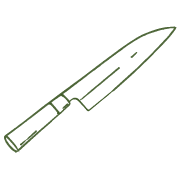
1. Yanagiba (柳刃包丁)
- Usage: For Slicing Sashimi (Cutting Raw Fish)
- Features: The knife is long and thin, allowing for beautifully clean cuts through ingredients. It is an essential tool for professional sushi chefs.
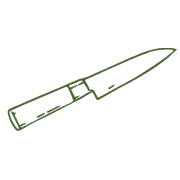
2. Deba (出刃包丁)
- Usage: For Filleting Fish
- Features: The knife has a thicker blade, making it capable of cutting through fish with bones. A Kodeba (small Deba) is specifically used for small fish.
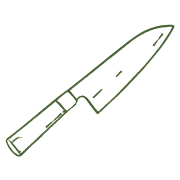
3. Usuba (薄刃包丁)
- Usage: For Cutting Vegetables
- Features: This knife is ideal for tasks such as peeling vegetables or making decorative cuts, featuring a straight blade design.
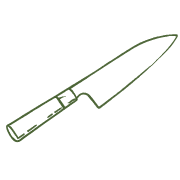
4. Gyuto (牛刀)
- Usage: All-Purpose Knife for Meat, Vegetables, and Fish (Western-style Knife)
- Features: In Sakai, Western-style knives like the Gyuto (chef’s knife) are also manufactured, and they are popular both for professional and home use.
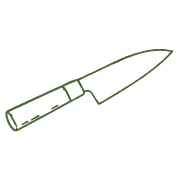
5. Santoku (三徳包丁)
- Usage: All-Purpose Household Knife for Meat, Fish, and Vegetables
- Features: Shorter and more manageable than a Gyuto, this knife is easy to use in a typical household setting.

6. Nakiri (菜切り包丁)
- Usage: For All Types of Vegetables
- Features: With a thin blade, this knife is ideal for cutting vegetables at home.
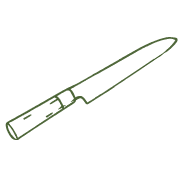
7. Fugu-hiki (ふぐ引き包丁)
- Usage: For Fugu Sashimi (Pufferfish)
- Features: Similar to a Yanagiba knife but even thinner and more delicate. It is used for preparing the translucent, delicate slices of fugu sashimi.
The Enduring Legacy and Future of Sakai Knives
The spirit and craftsmanship of Sakai knife-making, which began in the Kofun period, have been passed down through generations and are still preserved by artisans today. In 2007, “Sakai Uchihamono” (Sakai forged knives) was designated as a traditional craft by the Ministry of Economy, Trade, and Industry. In Sakai City, the knives are promoted as a symbol of the local culture in various ways.
One of the prominent initiatives is the construction of the Sakai Hamono Museum, “堺伝匠館 (Sakai Denshōkan).” At this facility, visitors can learn about Sakai knives and their history, and have the opportunity to see, touch, and experience them firsthand. Since its opening, it has become a popular spot for both domestic and international tourists.
Sakai knives are favored by chefs in Michelin-starred restaurants and professionals around the world. Their high quality and beautiful finish are highly praised, and exports to Europe, the U.S., and Asia have been increasing year by year.
However, the Sakai knife industry is currently facing significant challenges. The aging of skilled artisans, a lack of successors, high prices due to the knives’ premium quality, and the structural difficulty of mass production are all pressing issues. In response, the Sakai government, industry associations, and local workshops are collaborating to promote technical inheritance and expand market opportunities.
Nevertheless, the “sharpness” and “beauty” of Sakai knives will continue to be supported by chefs worldwide. Known as “heirlooms,” Sakai knives are truly special. We encourage you to experience their charm for yourself, as they will surely make your cooking even more enjoyable and extraordinary.
